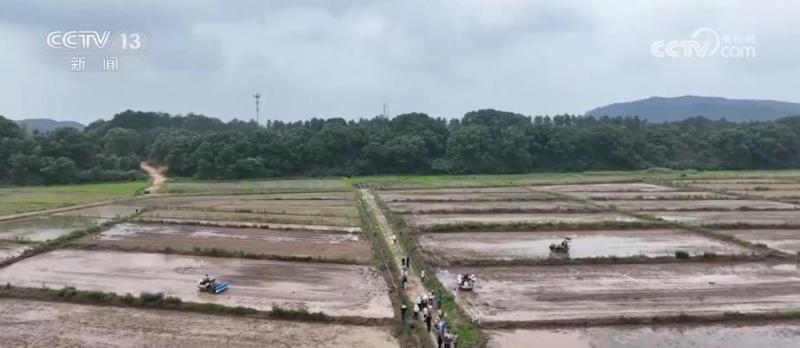Young People (Youth Faction) Picking the Big Beam on the Archaeological Front of Sanxingdui
Lu Haizi is cleaning up the unearthed gold cultural relics.
Respondents provide pictures
The bronze portrait of a person wearing a golden mask in the new Sanxingdui Museum.
Photo by Xinhua News Agency reporter Liu Kun
Xu Danyang is organizing and recording the unearthed pottery.
Respondents provide pictures
Li Sifan is cleaning up the unearthed bronze divine beast.
Respondents provide pictures
Tourists are visiting the new hall of Sanxingdui Museum to see bronze vertical eyed masks.
Photo by Xie Yong
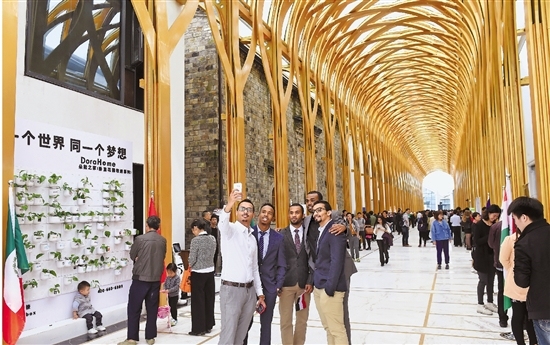
On July 26th, the new Sanxingdui Museum opened. The mysterious golden mask, the peculiar turtle shaped grid shaped vessel, and the complex bronze bird foot statue... recently, the "heavy vessel" of Sanxingdui, which was partially hidden and partially visible in the soil, made a stunning appearance. Its enormous size, complex structure, and peculiar shape are breathtaking.
In 1986, the discovery of the "Sacrificial Pit" in Sanxingdui shocked the world. After more than 30 years, starting from 2020, the Sanxingdui site has launched excavation work for six newly discovered "sacrificial pits", and more than 15000 various cultural relics such as ivory, bronze, gold, and jade have been unearthed, once again causing a sensation in the world.
On the archaeological front line of Sanxingdui, the post-90s generation are taking on a major role. It is reported that nearly 200 people participated in the excavation of the Sanxingdui archaeological and sacrificial area, of which more than 150 were born in the 1990s and distributed in various positions. They inherit old skills from their predecessors in archaeology while proficiently applying new technologies, growing and developing on the front line of archaeology, becoming witnesses, participants, and promoters of "Chinese style, Chinese style, and Chinese style archaeology".
Excavation:
Not missing any historical details
The new Sanxingdui Museum is bustling with tourists. In front of a bronze kneeling figure exhibition, tourists stopped to watch. The exaggerated shapes and unique patterns of portraits bring people's thoughts back to the ancient Shu civilization thousands of years ago.
When it comes to this bronze figure with a twisted head and a kneeling posture, Xu Danyang, a post-90s archaeologist from the Sanxingdui Archaeological Research Institute of Sichuan Provincial Institute of Cultural Relics and Archaeology, is talking about an old friend. The bronze statue unearthed in the fourth "sacrificial pit" was excavated by his hands.
As the "pit leader" responsible for the excavation and cleaning work at the site of Pit 4, Xu Danyang spent most of half a year soaking in this approximately 8 square meter pit. Every corner here was dug out by him and his colleagues with small shovels.
"Most of the time, archaeological excavations are not about 'digging treasures', but about' digging soil '." Xu Danyang said that the soil layer contains rich information and is an important basis for inferring the formation age and process of relics. "Every inch of land should be carefully screened and no historical details should be missed.".
In order to recreate the formation process of the "sacrificial pit" as much as possible, when it was first excavated, Pit 4 was divided into small squares of 30 x 30 centimeters. Everyone counted the squares and cleared them on the ground for a week before digging 10 centimeters deep. After cleaning for two months, everyone discovered a different kind of soil: ashes. "Ashes may represent the phenomenon of burnt offerings, and the ashes themselves may contain information about cultural relics." Xu Danyang said that during the cleaning process, experts from various fields such as soil environment and geology were also invited to participate in the "consultation", and even fire experts from the fire brigade were invited to determine whether the ashes were burned inside the pit or outside the pit and then poured in from the perspective of the fire scene. This process has allowed him to gain a lot of interdisciplinary knowledge.
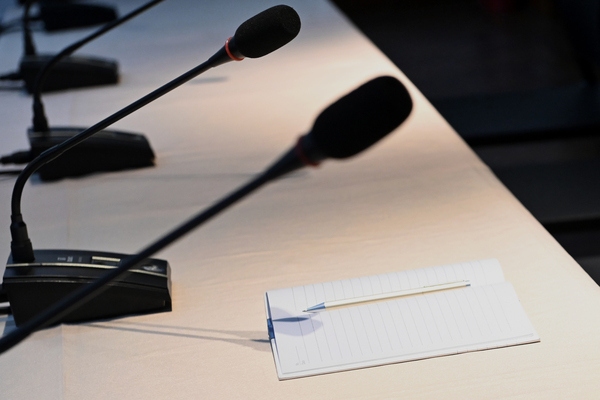
"At the excavation site, even ordinary soil blocks will be bagged, numbered, and stored in a warehouse known as the 'future space'. Xu Danyang said that these small soil blocks may contain the truth of history, waiting for people to peel it off layer by layer.".
Of course, the most exciting moment in excavation work is undoubtedly the moment when cultural relics are unearthed. Until now, Xu Danyang still remembers the excitement he felt when he personally excavated the bronze figure with his head turned and kneeling. "At the beginning, the portrait was stacked with other objects such as ivory, but a hint of copper green revealed from the gap indicated that it was a bronze artifact." Xu Danyang said that due to the fact that the artifacts were covered in copper rust when they were first unearthed, and the soaring shape of the artifacts resembled bird wings, he did not realize that it was a bronze portrait, thinking it was a bird shaped artifact.
But as the cleaning continued, Xu Danyang suddenly realized that the exposed area looked a bit like the tip of a human nose. Then, his eyes were also exposed, and following the characteristics of the human body, he could see his ears and chin. Until it was completely cleaned up, Xu Danyang realized that the bronze statue unearthed this time was very different from before: the face was more realistic, and the figures were interlaced with V-shaped patterns, feather crown patterns, and swallowtail patterns, which were new artifacts that he had not seen before. "I am very excited and have a feeling of witnessing history," Xu Danyang said.
Not all archaeologists in Sanxingdui have the luck to catch up with such a big event as the excavation of the "sacrificial pit". When Li Huiqing, an archaeologist born in the 1990s, arrived at Sanxingdui, the field excavation work of the "sacrificial pit" had come to an end. The first excavation work she participated in was to search for the production and living relics of the ancient Shu people in the nearby Moon Bay.
In Li Huiqing's view, compared to excavating the highly anticipated "sacrificial pit", the work rhythm of Yueliangwan is the norm for most archaeologists: sorting, laying out, digging soil layers, drawing pictures, writing work logs... The work in the fields and fields is orderly, but there is also happiness. Once, she discovered a "bird head spoon" pottery artifact. Although it was not much compared to the "heavy object" of the "sacrificial pit", the "strange and lovely" artifact she dug up by herself also made her happy for a long time.
"There are still many places to be excavated in Sanxingdui, and if we continue to work on them, we may not be able to finish them in our lifetime." Xu Danyang said that currently, there are still many mysteries to be solved in Sanxingdui, and it still requires the efforts of generations of archaeologists. As a young archaeologist on the front line, I am both looking forward to it and full of confidence.
Protection:
Experience the charm of technological archaeology
Unlike the traditional archaeological excavation method of "excavation first, protection later", a major feature of this Sanxingdui "sacrificial pit" archaeological excavation is to prioritize the protection of cultural relics, while excavating and protecting them at the same time.
"The protection of cultural relics has already begun before they are 'unearthed'," said Xiao Qing, a cultural heritage worker born in the 1990s at the Cultural Heritage and Archaeological Research Institute of Sichuan Province. In order to synchronize the protection of cultural relics in archaeology, Sanxingdui Archaeology has pioneered the exploration work cabin, which is equipped with various technological facilities such as a small frequency conversion environmental control system and a high-pressure micro mist humidification system to control the temperature and humidity of the excavation environment. At the same time, a row of cultural relics protection "huts" filled with technological elements were also installed at the excavation site, including emergency testing and analysis rooms, organic cultural relics emergency protection rooms, inorganic cultural relics emergency protection rooms, etc. The unearthed cultural relics can be protected and studied in a timely manner.
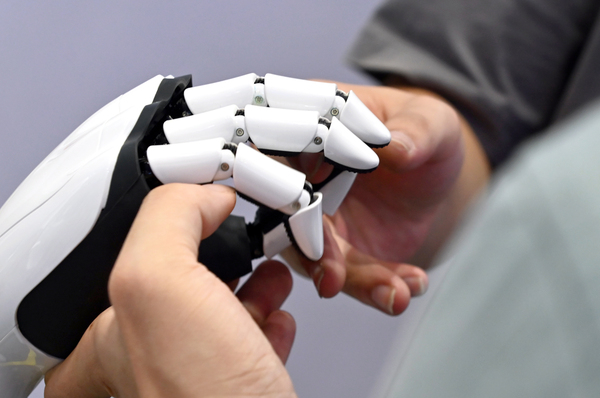
The soil environment has a significant impact on the preservation of cultural relics. For every 10 centimeters of excavation, Xiao Qing and his colleagues need to perform a scan and extract soil samples, on-site testing of soil parameters such as density, pH, and moisture content, to provide decision-making basis for subsequent cultural relic extraction and protection.
The most difficult thing is the salvage protection of unearthed ivory. "At this point, we cannot work slowly but must race against time," said Xiao Qing.
The ancient Shu people worshipped the heavens and gods, and ivory was one of the most precious offerings. After being buried in a humid environment for thousands of years, the ivory is filled with water. Although it appears to be a whole piece on the outside, it is as soft as a biscuit and easily crumbles. The ivory and surrounding bronze artifacts are often intertwined and squeezed together, making extraction and protection very difficult.
"Some ivory pieces are stacked and stuck together, making extraction the most difficult." Xiao Qing said, first of all, you need to use iron wire with cotton thread and gauze to pass through the gaps and find a fixed point of force; Then wrap the ivory with a layer of cling film, locking in the moisture inside the ivory to prevent it from becoming crispy while isolating external pollution; Carefully wrap the watered polymer bandage layer by layer onto the ivory, and wait for the bandage to harden and solidify. Then, tightly tie the gauze and cotton thread that had previously passed through the ivory onto the polymer bandage. This way, the ivory can be extracted intact and undamaged.
"When taking out a complete ivory for the first time, it felt like holding a newborn child, both excited and joyful." Xiao Qing said that more than 700 ivory pieces were excavated from the six "sacrificial pits", with the longest being nearly 1.5 meters and not a single one damaged. This ivory extraction and protection not only utilized traditional techniques, but also for the first time adopted new technologies such as polymer bandages. In his view, it is a perfect fusion of traditional craftsmanship and modern technology.
If the extraction of an entire ivory requires meticulousness, then the extraction of ivory fragments requires patience. During the excavation of Pit 5, Li Sifan, a colleague of Xiao Qing and also a cultural heritage worker born in the 1990s, discovered that unlike other "sacrificial pits", this small pit, which only covers about 3 square meters, has few large artifacts unearthed, and is densely packed with fine ivory carvings, gold foil pieces, and so on.
"Some of these ivory fragments are less than 1 centimeter long, but they are carved with exquisite cloud and thunder patterns and other decorations, making it very difficult to clean and extract." Li Sifan said, "You must first wet the soil on the fragments with a fine brush, and then use a homemade bamboo stick to remove the soil. Your mind must be highly focused, and if you accidentally shake your hand, the cultural relics may shatter. When you successfully extract the ivory fragments and observe the lines that are thinner than hair under a microscope, it feels like all your efforts are worth it."
What impressed Li Sifan deeply was the charm of technological archaeology. For example, by using 3D printing technology, the "soft hedgehog armor" made of silicone film is worn on high-quality bronze artifacts to prevent damage during excavation and extraction; Isotope tracing technology opens up a broader perspective for the study of cultural relics sources... "High technology is widely used, deeply integrating traditional archaeology, laboratory archaeology, and cultural relics protection, and the power of technology and innovation can be felt everywhere," said Li Sifan.
Repair:
Let cultural relics shine again
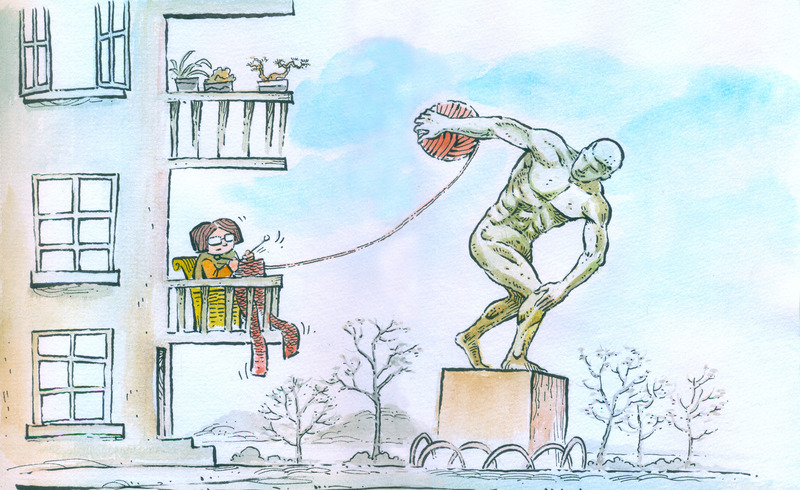
In the archaeological excavation of Sanxingdui, the discovery of the golden mask in Pit 5 caused a sensation. The restoration of the golden mask has sparked heated discussions on the internet.
Although he is just in his early thirties this year, Lu Haizi can be considered an experienced expert in repairing and researching gold artifacts. Before coming to Sanxingdui, Lu Haizi was the person in charge of the protection and restoration of cultural relics at the Jiangkou Silver Sinking Site, participating in the correction of the Jiangkou gold vessels and other related work. At the end of 2020, during the exploration of Pit 4 in Sanxingdui, gold residues were discovered. Lu Haizi received a notice from the Sichuan Provincial Institute of Cultural Relics and Archaeology to come to the excavation site to carry out gold artifact correction work.
"The restoration of cultural relics is a long process, and a lot of cleaning and research work needs to be done before carrying out the restoration." Lu Haizi said, taking gold artifacts as an example, after extraction, the first step is to sample and analyze the soil in the burial environment and the attachments on the gold artifacts. Then, based on the damage status of the cultural relics, a map of the cultural relics' diseases is drawn, and finally, the surface attachments are cleaned and corrected.
"The gold artifacts in Sanxingdui were severely damaged, and when they were first unearthed, it was almost impossible to fully determine their original shape," said Lu Haizi. He still remembers that when the gold mask in Pit 5 was first discovered, it was squeezed by the soil and formed a piece less than two centimeters thick, quietly buried in the pit. Before the arrival of experts from the National Museum, he carried out several days of preparation work, extracting relevant components from the gold mask for testing, determining the feasibility of orthodontic treatment, and providing basic data and technical support for later work.
It took about a week for Lu Haizi and the experts from the repair team to fully unfold this golden mask from the beginning of orthodontics. There are also many "tricks" in the repair process, such as the treatment of wrinkles. "Some wrinkles may have been left during production and processing, so they cannot be flattened. It is important to preserve their most primitive information from an archaeological perspective." Lu Haizi said, "As I watched the golden mask gradually unfold from a lump, revealing my mouth, nose, and eyes, the cultural relic regained its charming luster, and a sense of pride and achievement arose in my heart."
Take photos from multiple angles and record data information; Observe the surface attachments of cultural relics and conduct instrument testing as appropriate; Analyze the condition of the disease and adopt methods such as rust removal, corrosion inhibition, shaping, splicing, and replacement... At the Sanxingdui Museum Cultural Relics Restoration Center, about 1.5 kilometers away from the excavation site of the sacrificial area, young cultural relic restoration expert Yang Ping and colleagues are carrying out the cleaning and restoration work of bronze artifacts and other cultural relics under the leadership of their master Guo Hanzhong.
Yang Ping said that the restoration of cultural relics is urgent, and sufficient research and development of a comprehensive plan should be carried out before restoration. "Today, the missing parts were urgently repaired, and who knows if the original goods will be unearthed in a few years?" Yang Ping gave an example. This time, the "Top Snake Body Bronze Figure" unearthed from Pit 8 was combined with a "Bronze Bird Feet Figure" unearthed from Pit 2 in 1986, forming a relatively complete cultural relic with a span of more than 30 years.
In Yang Ping's view, cultural relic restoration is a delicate craft that requires great patience and impatience. At the Sanxingdui Museum, what he admires the most is his master Guo Hanzhong. He has been engaged in cultural relic restoration work for nearly 40 years and was once awarded the title of "Great Craftsman". Today, he is still meticulously repairing cultural relics on the front line, teaching everyone their skills hand in hand.
"Having been engaged in cultural relic restoration work for more than 10 years, I deeply understand that every cultural relic cannot be replicated or replaced. We should have a heart of awe when it comes to cultural relics. Yang Ping said that the most important thing for himself now is to continue to train his skills, and in the future, through his own hands, let the Sanxingdui cultural relics shine in the best condition, so that visitors to the museum can better appreciate the brilliant bronze culture created by the ancient Shu ancestors and experience the diverse unity and long history of Chinese civilization.".
"Archaeology is a job that requires enduring loneliness, and 'choosing one thing and ending one's life' is a true portrayal of many older generations of archaeologists in Sanxingdui. Xu Danyang said that he was lucky enough to have caught up with the golden age of Sanxingdui archaeology. The arrival of this golden age cannot be separated from the decades of silent cultivation of older generations of archaeologists such as Lei Yu, the stationmaster of Sanxingdui Site Workstation, and Guo Hanzhong, the cultural relic restoration engineer of Sanxingdui Museum. It is through their responsibility, perseverance, and love, they overcome various difficulties, constantly explore the unknown, and finally showcase Sanxingdui civilization to the world.".
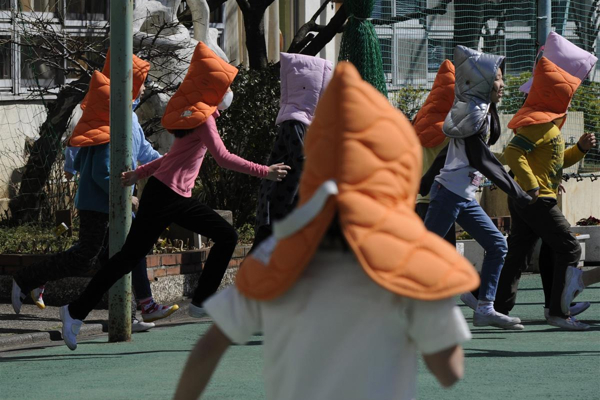
"As young archaeologists, we should learn from these old predecessors, be patient, hold onto our original aspirations, and be willing to sit on the bench." Xu Danyang said that the exploration of the Sanxingdui site is far from over, and he will devote himself to the archaeological research of Sanxingdui, contributing to the exploration of the rich connotation of Chinese civilization.
format

